Videos—2MJ: Corinth Region
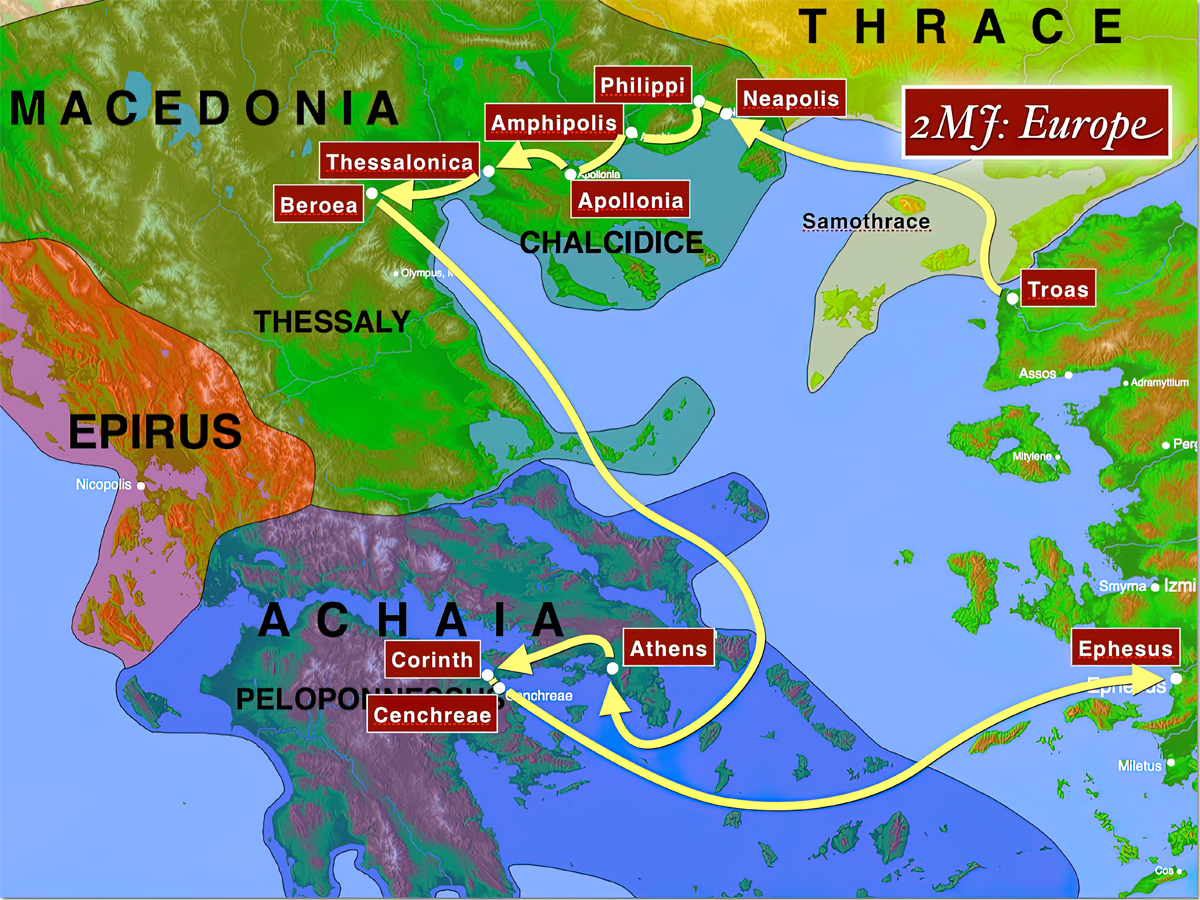
-
Greece—Corinth
-
Corinth: Canal
The Isthmus of Corinth is a narrow strip of land only 4 miles wide at one point that divides the Aegean Sea on the east from the Corinthian Gulf on the west. A canal through this narrow piece of the isthmus would provide passage for ships and commercial traffic of huge significance, similar the the function of the Panama Canal in Panama connecting the Atlantic and Pacific oceans, or the Suez Canal in Egypt connecting the Mediterranean and Red seas. Even the ancients dreamed of cutting a canal through the Isthmus of Corinth. Reality, however, has haunted that dream even into modern times.
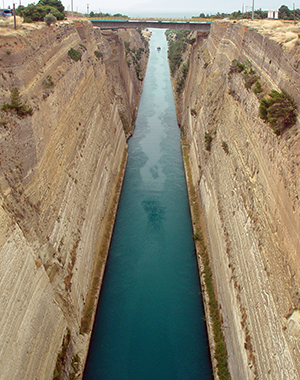
-
Corinth: Archeological Museum
The archeological work at Corinth over many years is preserved in the museum right on the ancient site. Of several significant pieces, one is the lintel that would have been over the entrance to an ancient synagogue at Corinth. Another is the absolutely gorgeous collection of mosaic floors from ancient Roman dining rooms, including a large circular geometric centered with the face of Dionysius. A grave stele of a Roman officer dates to the first century about the time of Paul's visit to Corinth.
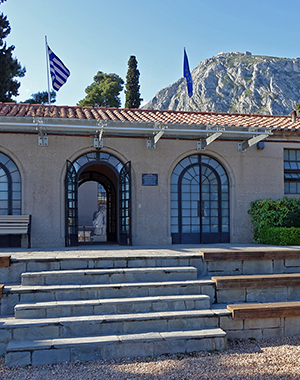
-
Corinth: Peirene Spring
Corinth boasted a famous spring that even figures into ancient Geek myth. The underground water system that supplied the Peirene Spring also supplied the Acrocorinth its spring water, which made the acropolis immediately behind the city of Corinth perfect as a defensive structure for the city. The Peirene Spring was said to provide some of the most pleasant water to drink and would have been in use during the time Paul was in Corinth.
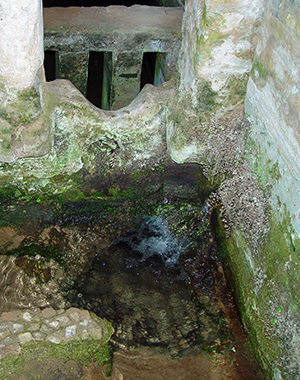
-
Corinth: Apollo Temple
The Temple of Apollo in Corinth already was 500 years old when Paul visited the city on the 2MJ. The temple is notable because each of its Doric columns is cut from single pieces of stone. This structure is one of the few remains of ancient Greek Corinth preserved. When all of Greece rebelled against Rome in the Achaean League, Corinth joined in. Corinth, however, was defeated by the Roman general Mummius in 146 B.C., who put all the men of Corinth to the sword, sold the women and children into slavery, shipped the statues and works of art to Rome, and leveled the city to the ground. Rising Rome wanted to be sure Corinth would not be a commercial rival. A century later, Julius Caesar refounded the city with military veterans, making the city Paul entered around A.D. 50–51 intimating Greek thought and culture but heavily Roman in social structure and governance.
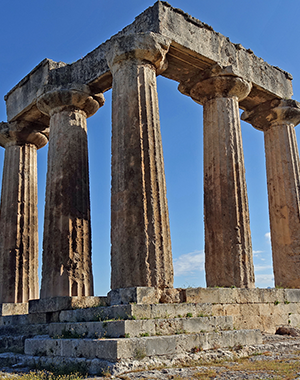
-
Corinth: Prisca and Aquila
Serving the two vital ports of Cenchreae on the east and Laecheum on the west, Corinth naturally developed into a bustling commercial center with several market areas. The market for Paul’s type of trade would have been in the West Shops area. Here, he would have met the Jewish Christian leaders Aquila and Priscilla, who shared the same trade, recently arrived in Corinth from the Edict of Claudius expelling Jews from Roman synagogues in A.D. 49 (Acts 18:2).

-
Corinth: Erastus Inscription
Three times we meet an Erastus in the New Testament (Acts 19:22; Rom. 16:23; 2 Tim. 4:20). All three occurrences are associated with Paul. Two of the three are connected to Corinth. Further, Paul identifies Erastus as the “city treasurer” in Rom. 16:23. Interestingly, we have a dedicatory inscription on the street that leads to the theater in Corinth naming the benefactor who paid for the street “Erastus,” and he is identified as the “proaedile,” which is chief financial officer of a municipality. Is this Erastus of this inscription the Erastus who is a Pauline associate from Corinth in the New Testament? Perhaps, but not necessarily. In any case, fascinating to contemplate.

-
Corinth: Governor Gallio
In Acts 18:12–16, Jewish synagogue leaders dragged Paul with accusations before the Roman proconsul Gallio, who was governor of Achaea (Greece). As the capital of Achaea, Corinth was the residence of the governor and the seat of his tribunal. Luke identifies the tribunal area as the “bema,” whose location we know exactly from archeological work at Corinth. Further, we have an inscription from Delphi that precisely dates Gallio’s proconsulship; this inscription allows accurately dating Paul’s time in Corinth on the 2MJ, which becomes the chronological hinge pin for all Pauline chronology. Gallio immediately threw the case against Paul out of court, which plays out Luke’s theme throughout all of Luke-Acts of the innocence of Christianity.
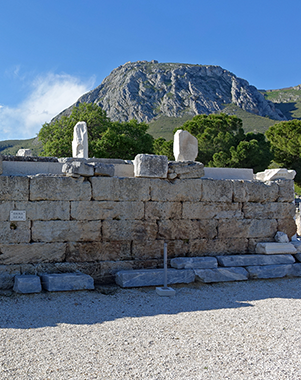
-
Corinth: Paul's Letters
We can coordinate the information we gather from Luke in Acts with information from Paul’s letters to be able to discern that at least three of these letters were written from the city of Corinth. Two letters were written on the 2MJ around A.D. 50–51, and one was written on the 3MJ around A.D. 56–57.
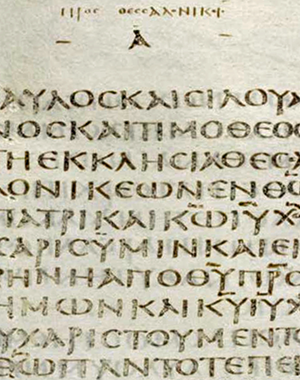
-
Corinth: Canal
-
Greece—Cenchreae
-
Cenchreae: Road from Corinth
Paul departed Corinth at the end of the 2MJ on his way to Jerusalem through the port of Cenchreae. Archeologists have discovered the main road leading out of Corinth to Cenchreae in the South Stoa area of the ancient city.
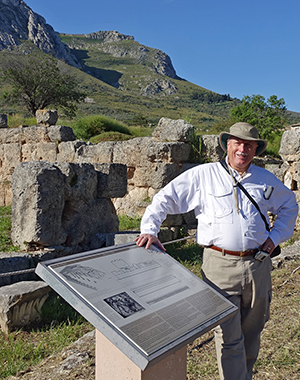
-
Cenchreae: Port City
The ancient city of Corinth served two major ports that controlled trade from west to east and east to west throughout the Mediterranean area. The port on the west serving the Gulf of Corinth was Laecheum. The port on the east serving the Aegean Sea was Cenchreae. The Corinthian Canal was cut on the four-mile wide isthmus between the two ports. Cenchreae is where Paul cut his hair in a vow (Acts 18:18) on the 2MJ, which Luke mentions to show Paul continuing to live as an observant Jew to counter the false slander that will be raised against Paul later in Jerusalem (Acts 21:24, 28; 24:14; 25:8). Cenchreae also is where the deaconess Phoebe lived, bearer of the letter of Romans (Rom. 16:1).
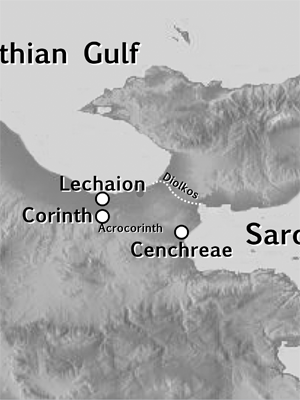
-
Cenchreae: Road from Corinth
Videos-2MJ > Asia Philippi Thessalonica Berea Athens Corinth
Videos > Videos-1MJ Videos-2MJ Videos-3MJ Videos-4JR Videos-Rev